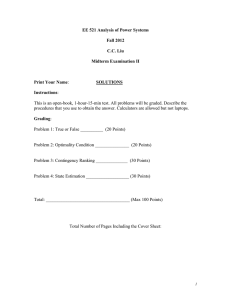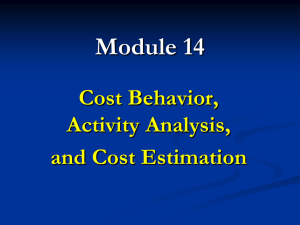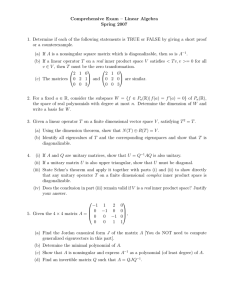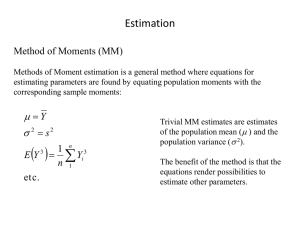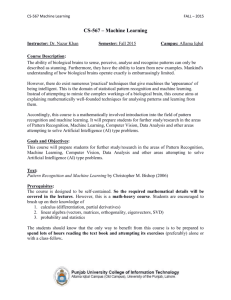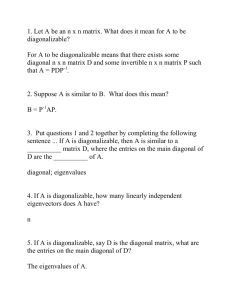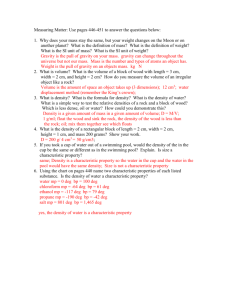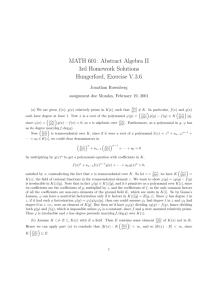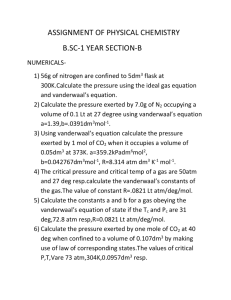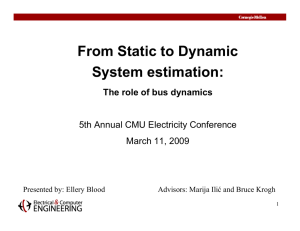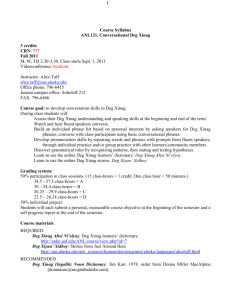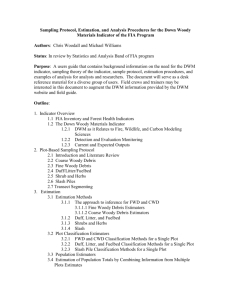ECE 376
advertisement
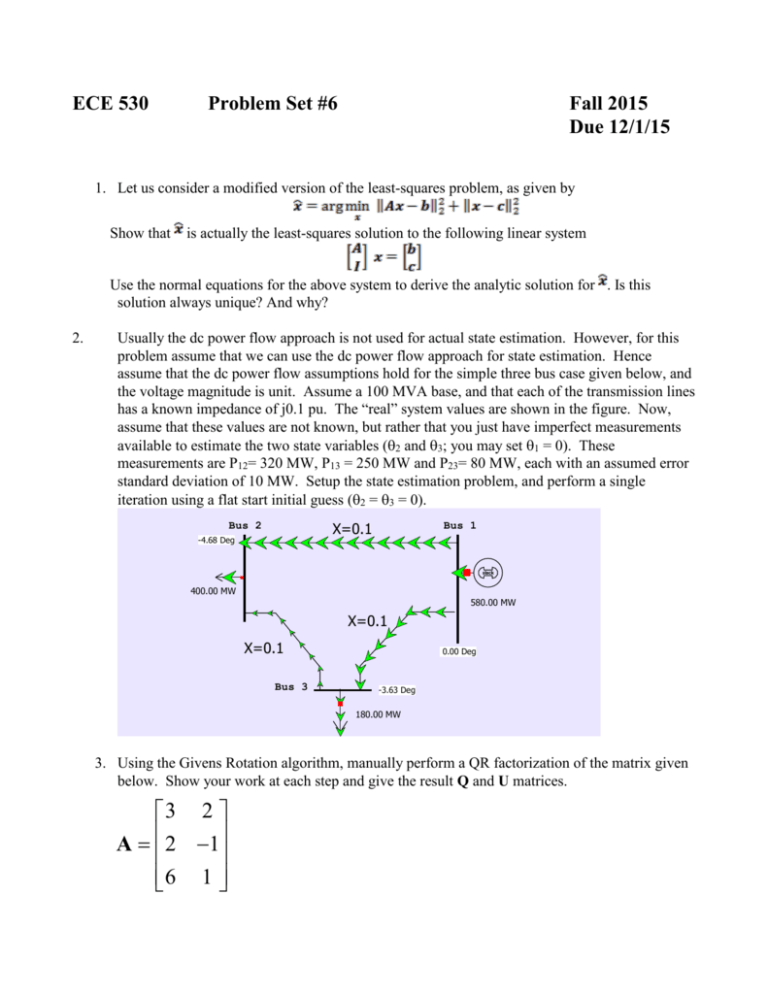
ECE 530 Problem Set #6 Fall 2015 Due 12/1/15 1. Let us consider a modified version of the least-squares problem, as given by Show that is actually the least-squares solution to the following linear system Use the normal equations for the above system to derive the analytic solution for . Is this solution always unique? And why? 2. Usually the dc power flow approach is not used for actual state estimation. However, for this problem assume that we can use the dc power flow approach for state estimation. Hence assume that the dc power flow assumptions hold for the simple three bus case given below, and the voltage magnitude is unit. Assume a 100 MVA base, and that each of the transmission lines has a known impedance of j0.1 pu. The “real” system values are shown in the figure. Now, assume that these values are not known, but rather that you just have imperfect measurements available to estimate the two state variables (2 and 3; you may set 1 = 0). These measurements are P12= 320 MW, P13 = 250 MW and P23= 80 MW, each with an assumed error standard deviation of 10 MW. Setup the state estimation problem, and perform a single iteration using a flat start initial guess (2 = 3 = 0). Bus 2 Bus 1 X=0.1 -4.68 Deg slack 400.00 MW 580.00 MW X=0.1 X=0.1 Bus 3 0.00 Deg -3.63 Deg 180.00 MW 3. Using the Givens Rotation algorithm, manually perform a QR factorization of the matrix given below. Show your work at each step and give the result Q and U matrices. 3 2 A 2 1 6 1 4. What are the two key issues that discourage one to use the normal equations in solving leastsquares as for power system state estimation? 5. Given the SVD decomposition , how does one find the diagonalizable form of matrices and ? (Hint: recall the diagonalizable form of a matrix is given by with a nonsingular and a diagonal .)
